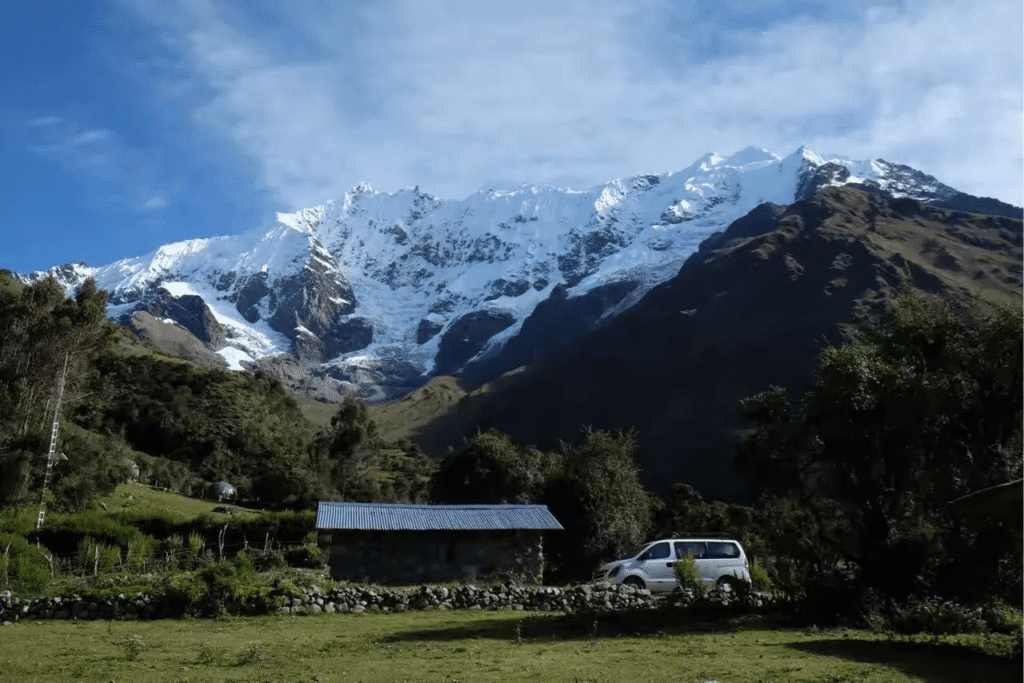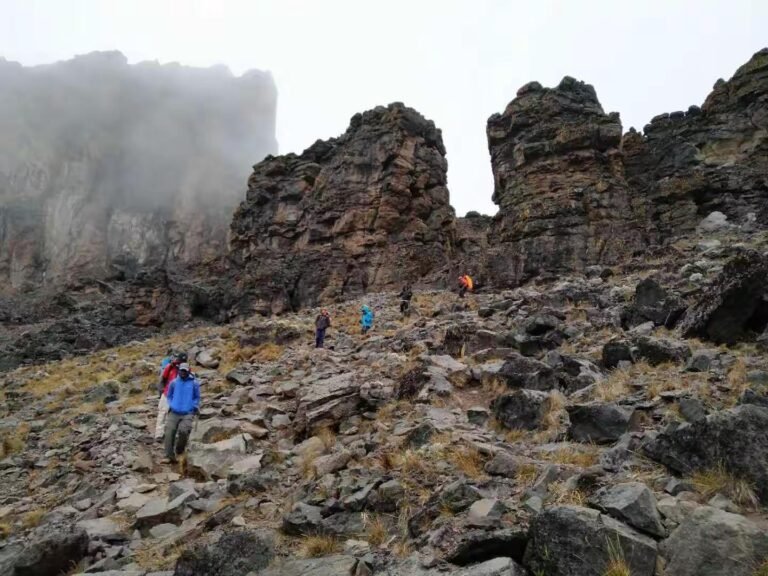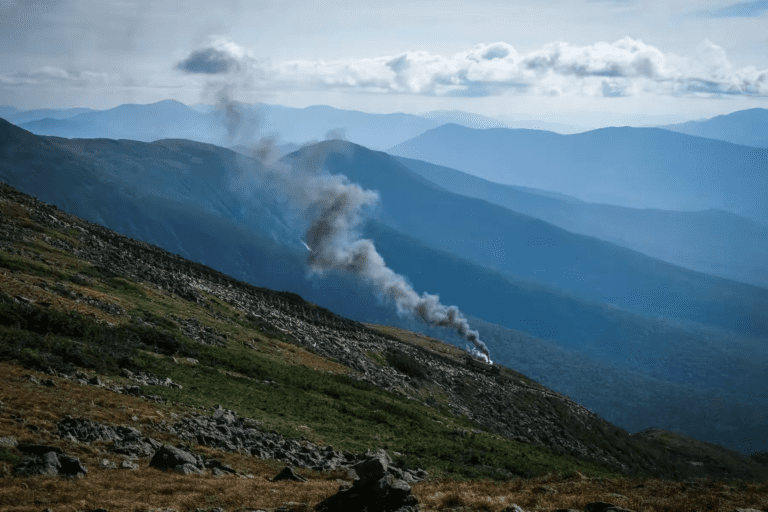Why Choose the Salkantay Trek?
This 5-day, 4-night Salkantay Trek itinerary is based on our mid-May 2017 experience with Alpaca Expeditions, a highly rated trekking agency in Peru. If you’re looking for a stunning alternative to the Inca Trail, this scenic trek is a must!


Unlike the Inca Trail, the Salkantay Trek does not require permits, making it a more accessible and flexible option for hikers. It’s renowned for its incredible glacier views, high-altitude passes, and breathtaking landscapes.
We opted for a private 5-day tour with Alpaca Expeditions, which cost $4200 USD for six people. This package included camping, meals, transport, and guided visits to Machu Picchu and Huayna Picchu.
How to Reach Machu Picchu: Scenic Train Options
To visit Machu Picchu, you’ll need to make your way to Aguas Calientes, the gateway town for this iconic site. Here are the main options:
- Train from Cusco: Starting from Poroy station, just 20 minutes outside Cusco city center, the journey takes about 4 hours.
- Train from Ollantaytambo: This popular tourist town, located 2 hours by car from Cusco, offers a shorter 2-hour train ride to Aguas Calientes.
Once in Aguas Calientes, plan to stay the night before taking a 30-minute bus ride to Machu Picchu early the next morning.
The Inca Trail: A Classic Journey to Machu Picchu
The Inca Trail is the most famous trekking route, ending with a dramatic entrance to Machu Picchu through the Sun Gate. Here’s what you need to know:
- Duration: 4 days and 3 nights.
- Permit Requirements: Permits are limited to 500 per day (including guides and porters) and must be secured through a travel agency—typically 6 months in advance during the high season.
- Horses Not Allowed: All gear must be carried by hired porters.
This trek is a cultural journey, rich with archaeological sites and history, making it an unforgettable experience for those who secure a spot.
The Salkantay Trek: A Scenic Alternative
If you’re looking for a route that emphasizes natural beauty over cultural landmarks, the Salkantay Trail is an excellent choice.
- No Permit Required: Unlike the Inca Trail, the Salkantay Trek does not require a permit, offering more flexibility in planning.
- Options: You can book a guided tour (5 days, 4 nights or 4 days, 3 nights) or tackle it independently.
- Our Experience: We joined a 5-day, 4-night private tour with Alpaca Expeditions, ranked #1 on Tripadvisor. The total cost was $4200 USD for six people and included:
- Three nights of camping and one hotel night.
- A professional guide, chef, two horsemen, and porters.
- Meals, transport, train tickets, hotel upgrades, and entrance to both Machu Picchu and Huayna Picchu.
DIY Routes for Independent Travelers
For adventurous backpackers, the self-designed Salkantay route offers a budget-friendly alternative. Along the way, you’ll often find travelers using local minibuses, camping in various segments, or staying with locals.
- Challenges: Independent trekking requires a good grasp of Spanish to navigate the logistics.
- Flexibility: These routes allow you to explore at your own pace while enjoying the scenic beauty of the Andes.
Key Points for a Smooth Salkantay Trek Experience
Getting to the Trailhead
The journey from Cusco to the trailhead takes approximately 3 hours, with much of the drive along winding mountain roads. If you’re prone to motion sickness, bring medication, as the high altitude can worsen symptoms.
Gear Provided by Alpaca Expeditions
Alpaca Expeditions supplies the essentials for a comfortable trek:
- Tents
- Sleeping pads (air mattresses)
- Pillows
- Basic raincoats
While the gear is clean and well-maintained, keep in mind that the sleeping pads and pillows are not assigned individually. Mark your gear if you prefer to use the same one each night.
Acclimatize Before You Start
Lima sits at sea level, while Cusco is at 3400 meters above sea level. To avoid altitude sickness, plan to spend 2-3 days acclimating in Cusco or the Sacred Valley (which is about 1000 meters lower than Cusco). Use this time to explore Cusco’s historic sites or take a tour of the Sacred Valley.
Day 1 Salkantay Trek is the Toughest
The first day of the Salkantay Trek is the most physically demanding:
- Start Time: Pick-up at 4:20 AM for a 3-hour drive to the trailhead.
- Distance: 15 km of hiking.
- Campsite Elevation: 3800 meters.
Altitude sickness is most likely to occur on this day due to the high elevation. Fortunately, the altitude decreases on subsequent days, making the remainder of the trek more manageable.
Pre-Trek Preparation
One day before your trek, visit the Alpaca Expeditions office in Cusco for registration and a pre-trek briefing. Here’s what you’ll need to do:
- Payment: Pay the balance in USD cash.
- Passport: Present your passport for registration.
- Canvas Travel Bag: Receive your travel bag for the trek.
You’ll only need to carry a small day pack with essentials like water, snacks, and clothing for each day.
Always Carry Your Passport on Salkantay Trek
Your passport is required for:
- Accommodations: Hotels in Aguas Calientes.
- Entry: Admission to Machu Picchu.
Day 1 Highlights – Soraypampa and Beyond (3800 meters)
Starting Salkantay Trek at Soraypampa

After a 3-hour drive from Cusco, we arrived at Soraypampa, the trailhead and base camp for the Salkantay trek and other hikes. The area featured simple accommodations and campsites operated by various trekking companies. Local villagers, mostly farmers and horse owners, transition into roles as porters and horsemen during the busy tourist season.
The bathrooms on Salkantay trek were basic but functional, equipped with flush toilets. However, many lacked toilet seats—perhaps an intentional design choice to discourage sitting.
Breakfast with a View

Our day started with a breathtaking breakfast overlooking snow-capped mountains. The chef and porters quickly set up the meal, serving coca tea, eggs on a hot plate, and traditional Chuta bread from the Cusco region. Fresh local fruits, including llama beans and trout, rounded out the hearty meal, preparing us for the challenges ahead.
Trekking Up to Salkantay Pass
The First Climb
Fueled by breakfast, we embarked on a 600-meter climb to Salkantaypampa (4150 meters). The trail offered incredible views of the surrounding mountains and grazing cows and horses. After a quick snack, we reached our next milestone—Soyrococha (4400 meters)—just in time for lunch.
Lunch at Soyrococha
Lunch was served in simple dining tents by local villagers preparing for the busy trekking season. The meal featured corn, cheese, and a refreshing salad with beans—delicious but deceptively filling. As we learned later, overeating during lunch wasn’t the best idea, as the afternoon trek demanded even more effort.
The Steepest Ascent on Salkantay Trek
Post-lunch, we tackled the steepest section of the trek, ascending toward Salkantay Pass (4620 meters). The climb tested our endurance, and the altitude made every step feel heavier. However, the panoramic glacier views at the top were worth every effort.
Reaching Humantay Glacier Lake
After crossing Salkantay Pass, we detoured to the breathtaking Humantay Glacier Lake, a serene ice lagoon formed by meltwater from the Humantay Glacier. The scenery was otherworldly, with vivid turquoise water surrounded by rugged peaks. While we didn’t swim, we admired the courage of those taking a dip in the frigid waters.
Ready for Day 2? Click here to read: Salkantay Trek to Machu Picchu Day 2 – Descending to the Cloud Forest




